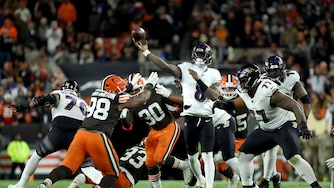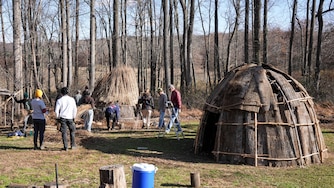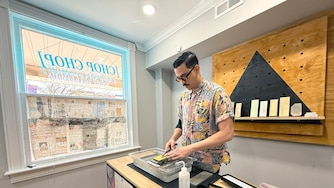A majority of Maryland residents support switching from assigned neighborhood voting precincts to countywide centers, a new Washington Post-University of Maryland poll found, indicating a marked shift in voter preferences since the coronavirus pandemic began in March 2020.
Even as the pandemic continues to recede from view, the pollsters said at least one element of the public-health crisis has remained constant: a turn away from same-day, in-person voting at neighborhood sites and toward other methods.
As recently as 2016, more than 60% of voters in the state used assigned polling centers to cast their ballots. During the 2024 presidential election, just over 40% of people cast ballots at neighborhood precincts, according to the University of Maryland researchers.
About 60% of poll respondents said they preferred using fewer, better-staffed voting centers that could be accessed by anyone who lives in a given county. The pollsters said respondents of all racial and ethnic backgrounds and political parties supported such a shift at similar rates, with especially strong backing among Black Marylanders, 70% of whom said they were in favor.
The pollsters also said a majority Marylanders in every region of the state support the measure, with particularly high levels of favor in Prince George’s County and Baltimore, where a majority of the populations are Black.
The survey of 1,002 Maryland voters was conducted by phone and internet from Jan. 24 to Jan. 28.
Michael Hanmer, director of the College Park-based Center for Democracy and Civic Engagement, said the results don’t make clear why people are shifting away from voting at local precincts. And more research is needed, he said, to ascertain if countywide voting places would be as accessible for people without much access to transportation.
“As people change, we need to look at whether our system and resources are aligned well in the year 2025,” said Sam Novey, the center’s chief strategist. “If you see shifts in how people are behaving, it’s important that we think about how people keep up with those shifts.”
Before computers, Novey said, precinct centers stored binders full of voters’ names, and judges would manually check off who voted on a given Election Day. But technology and attitudes have since become more sophisticated.
Hanmer and Novey said Marylanders are making use of all the voting methods at their disposal. In 2020, as Maryland election officials sought to make voting more accessible to a virus-fearing public, the state used countywide “vote centers” that were open in all 23 counties and Baltimore City and did away with the neighborhood sites. The same year, Marylanders also took more advantage of voting by mail and voting early.
Now, during the early-voting period, Marylanders can vote at any county polling center. But on Election Day, they can only vote at their assigned sites.
After seeing a decrease in neighborhood polling places’ activity this past election cycle, the researchers at the University of Maryland sought to understand whether the change could be documented in public-opinion data. Pollsters asked respondents if they supported extending the early-voting rules through Election Day and if they supported limiting in-person voting and switching to a primarily mail-in method.
They found that less than a third of state residents wanted a vote-by-mail approach that other states, including Oregon, Washington and California, favor. But a majority supported extending the early-voting rules, even if it meant reducing the number of polling locations.
In increasingly partisan times, Novey said, the pollsters were intrigued to see Marylanders largely aligned on an issue.
“People’s voting opinions are often really polarizing,” he said. “And it’s interesting to see an openness to a pretty significant change in policy.”





Comments
Welcome to The Banner's subscriber-only commenting community. Please review our community guidelines.